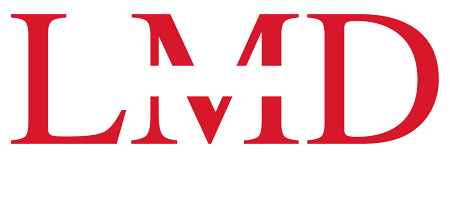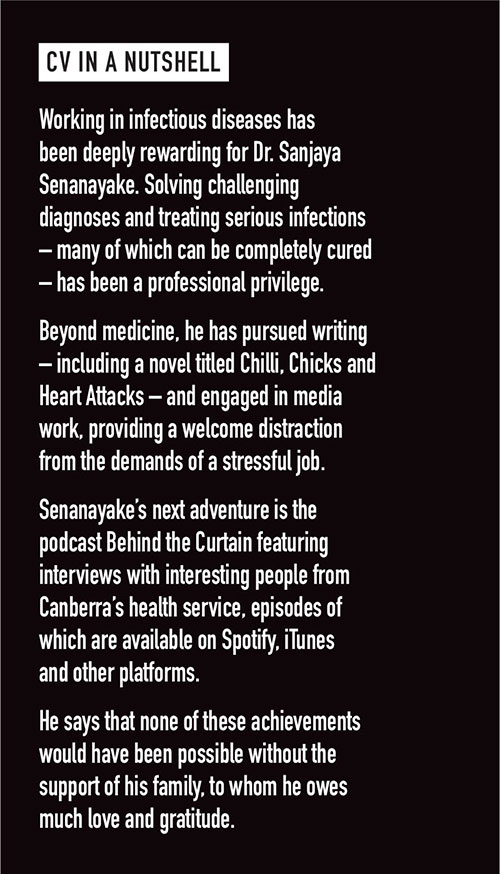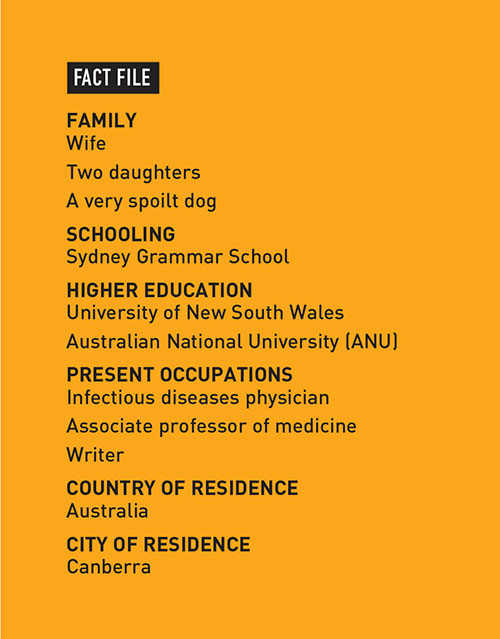Dr. Sanjaya Senanayake
Establish public trust
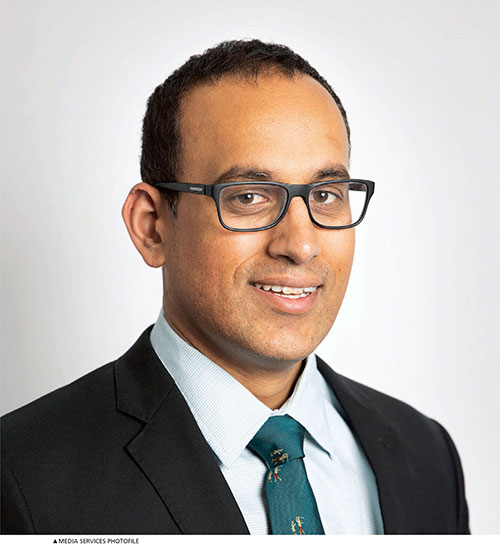
Q: You’ve spent almost three decades working in Australia but your roots are Sri Lankan. What has your journey been like – vis-à-vis from where you were to where you are today?
A: I’ve never actually lived in Sri Lanka but always felt Sri Lankan. In New Zealand and Australia, we moved closely with the diaspora community and my parents regularly took me to Sri Lanka during the summer holidays.
I eventually married a Sri Lankan and we’ve continued to maintain that connection by visiting the island almost every year with our children.
Q: How have your Sri Lankan roots shaped your approach to medicine, public health and life in general?
A: Culturally, values such as gratitude, compassion and social responsibility guide how I raise my family. We also make it a point to expose our children to different life experiences during visits to Sri Lanka so they stay grounded in their roots.
Furthermore, respect for elders – a core South Asian value – has shaped how I care for older patients, fostering a more empathetic and dignified approach to geriatric medicine in Australia’s ageing society.
Q: Do you maintain links with Sri Lanka’s medical or academic community? And would you be open to contributing to the island’s healthcare system in the future?
A: I used to maintain strong ties with Sri Lanka’s microbiology community, where I lectured and shared insights.
Yes, I’d be keen to contribute more directly – especially by supporting the development of a formal infectious diseases training programme, a speciality that is still not readily available in Sri Lanka.
Q: As a professional who was at the forefront of Australia’s COVID-19 response, what were your most profound lessons from managing a public health crisis of that scale?
A: Being part of Australia’s COVID-19 response was both rewarding and exhausting.
I took part in over 700 TV interviews and 1,000 media appearances to communicate clear science based messages, while also continuing my clinical duties, which included caring for COVID-19 patients.
The crisis exposed major gaps: inadequate mental health support, disruptions to essential medical services such as cancer care, serious communication failures and the rapid undermining of public health efforts through misinformation.
Most importantly, it underscored that trust – in science, health authorities and government – is the cornerstone of any effective response.
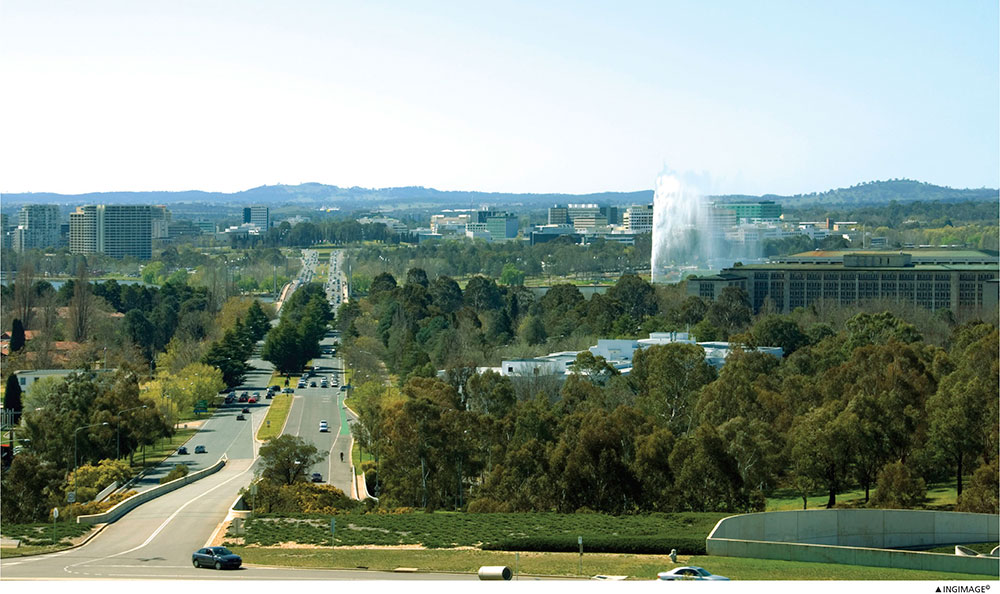
Q: As a member of the team that discovered a live worm in a human brain, what went through your mind – and how did you and your colleagues respond to the discovery?
A: The case gained global attention because it was the first known human infection with this worm. A brain scan suggested a tumour but during surgery, the neurosurgeon found and removed an 8 cm live wriggling worm instead.
We were all stunned but the discovery gave the patient a diagnosis for a longstanding mysterious illness and enabled us to direct her treatment.
Q: Given that infectious diseases are constantly evolving, what emerging threats do you think the world should be preparing for today?
A: Over 50 new infectious diseases – mostly zoonotic – have surfaced in recent decades due to increasing human-wildlife contact. As the burgeoning human population encroaches further into natural habitats, the risk of spillover events grows – and with it, the risk of another pandemic exists.
But we were already in a pandemic before COVID-19 arrived – i.e. the worldwide problem of antimicrobial resistance, as microorganisms become immune to the drugs developed to treat them.
That challenge isn’t going anywhere…
Q: You’ve won awards for improving the quality of public debate. What advice would you offer to young professionals who want to contribute to public understanding of science?
A: I didn’t set out to be a media spokesperson; it happened by chance but became one of the most rewarding parts of my career.
Media platforms allow us to explain complex topics, provide reassurance and build public trust.
For migrant communities in particular, representation matters. Seeing someone of your own ethnicity or colour in national conversations can be empowering – it can foster greater connection.
For young professionals, my advice is simple: show interest and pursue media training if your workplace provides it.
